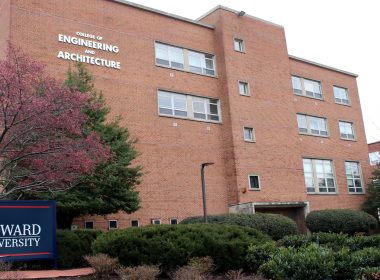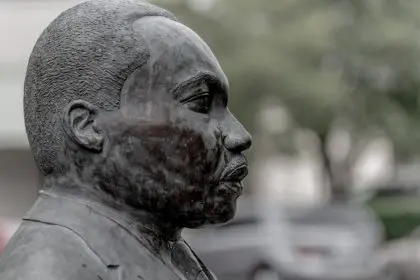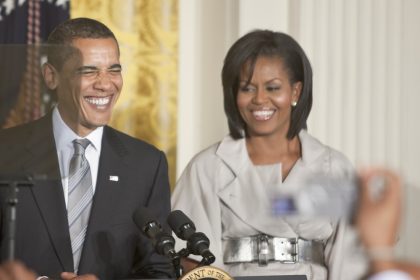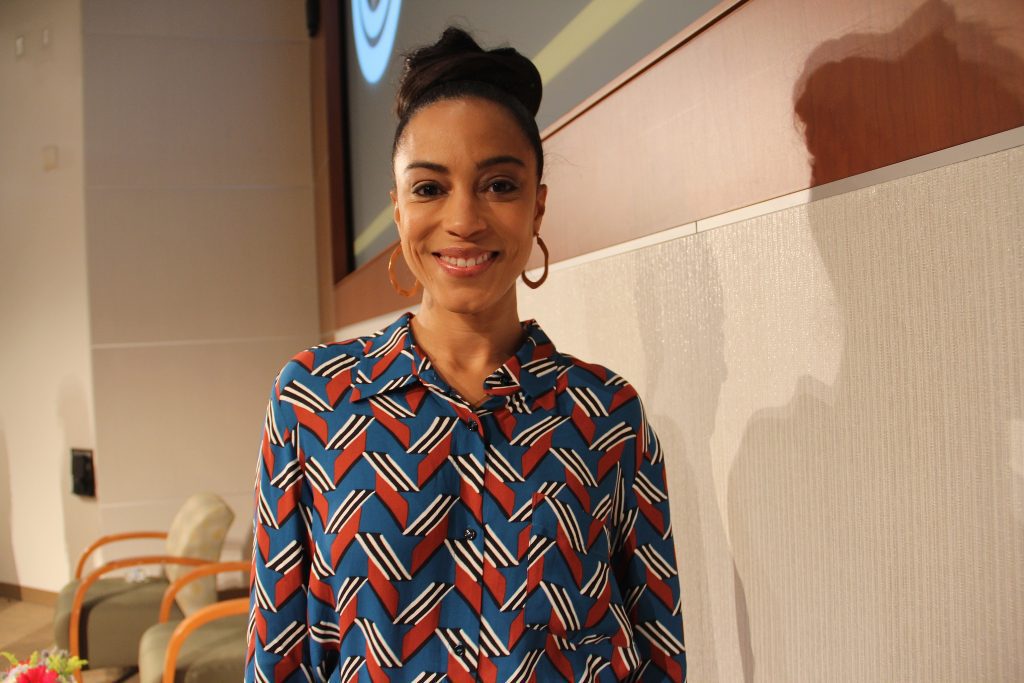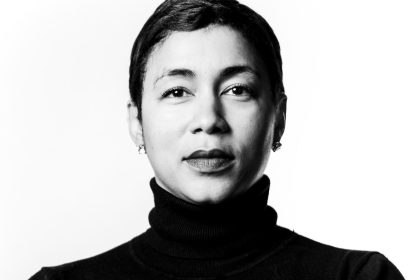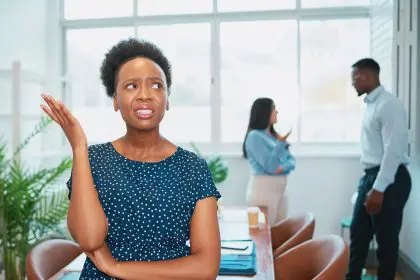
Did you know there are nearly 62 million girls around the world – half of whom are adolescent – who are not in school? It’s imperative we save our girls, our daughters because they’re our future. When girls have diminished economic opportunities, they are more vulnerable to HIV/AIDS, early and forced marriage and other forms of violence.
Our brilliant First Lady is leading the charge to help adolescent girls worldwide access school and complete their education through an initiative called “Let Girls Learn.” During a “Let Girls Learn” event in Tokyo, Japan at Iikura Guest House, Michelle Obama made some passionate points,
“Right now, as you heard, 62 million girls worldwide are not in school,” she said. “And when we talk about this issue, we often focus on the economic barriers girls face – school fees or uniforms, or how they live miles from the nearest school and have no safe transportation, or how the school in their community doesn’t have bathroom facilities for girls so they just can’t attend.”
When a girl receives a quality education, she is more likely to earn a decent living, raise a healthy, educated family, and improve the quality of life for herself, her family and her community. In addition, girls’ attendance in secondary school is correlated with later marriage, later childbearing, lower maternal and infant mortality rates, lower birth rates and lower rates of HIV/AIDS. A World Bank study found that every year of secondary school education is correlated with an 18 percent increase in a girl’s future earning power.
“But we all know that the problem here isn’t just about infrastructure and resources,” the First Lady said. “It’s also about attitudes and beliefs. It’s about whether fathers – and mothers – think their daughters are as worthy of an education as their sons. It’s about whether communities value girls simply for their bodies, for their household labor, their reproductive capacities or whether they value girls for their minds as well. It’s about whether societies cling to laws and traditions that oppress women, or whether they view women as full citizens entitled to the same rights and freedoms as men.”
Through its “School for All” concept, Japan seeks to advance education by improving educational facilities, teaching practices, community participation, administration, and health and nutrition. Japan understands that the international community shares this concept and believes a comprehensive approach by other donors including the United States, international organizations, NGOs, governments of developing countries and local communities is the key to ensuring the sustainability of girls’ education.
The United States and Japan are partnering in this critical area, elevating the issue of girls’ education on their shared development agenda. Through this initiative, they will cooperate in improving the learning environment for girls by collaborating with schools, communities and educational administration.
Under this partnership:
1.) Peace Corps and the Japan International Cooperation Agency (JICA), which directs Japan’s Overseas Cooperation Volunteers (JOCV), will formalize cooperation through a Memorandum of Understanding between the two agencies.
· This strategic partnership between Peace Corps and JOCV will be broad and encompass a variety of activities, and will focus in particular on advancing girls’ education through cooperation on the ground in countries around the world, including Cambodia. JOCV will enhance cooperation with the Peace Corps to facilitate girls’ participation in the field of primary and secondary education, sports and physical education.
2.) With counterpart governments around the world, the United States and Japan will increase focus on girls’ education in our respective bilateral assistance programs.
· Building on current funding and programs at USAID, the State Department, the Peace Corps, and across the US government, the United States will work to improve access to quality education and healthcare, help address violence and other barriers to education that adolescent girls face around the world.
· Japan will prioritize girls’ education in its new international education cooperation policy starting from 2016. In addition, in Southeast Asia, Japan will further provide assistance for constructing and expanding elementary, middle, and high school buildings, which is expected to benefit 20,000 adolescent girls with a good educational environment.
3.) The United States and Japan support girls’ education through strong commitments to international organizations and non-governmental organizations focused on these issues.
· For example, the President’s FY 2016 budget request includes an increase for the U.S. contribution to the Global Partnership for Education by 40 percent more than current funding levels to $70 million. Japan will double its contribution this year to United Nations Women to $20 million.
As two of the largest economies in the world, our combined efforts can make a difference. The President’s FY 2016 budget request includes $250 million in new and reallocated funds in support of the Let Girls Learn Initiative. Japan will commit Official Development Assistance (ODA) in excess of 42 billion yen over three years starting from 2015 for girls’ empowerment and gender-sensitive education.


